Chiara Marchiori
Estimating the Adversarial Robustness of Attributions in Text with Transformers
Dec 18, 2022Abstract:Explanations are crucial parts of deep neural network (DNN) classifiers. In high stakes applications, faithful and robust explanations are important to understand and gain trust in DNN classifiers. However, recent work has shown that state-of-the-art attribution methods in text classifiers are susceptible to imperceptible adversarial perturbations that alter explanations significantly while maintaining the correct prediction outcome. If undetected, this can critically mislead the users of DNNs. Thus, it is crucial to understand the influence of such adversarial perturbations on the networks' explanations and their perceptibility. In this work, we establish a novel definition of attribution robustness (AR) in text classification, based on Lipschitz continuity. Crucially, it reflects both attribution change induced by adversarial input alterations and perceptibility of such alterations. Moreover, we introduce a wide set of text similarity measures to effectively capture locality between two text samples and imperceptibility of adversarial perturbations in text. We then propose our novel TransformerExplanationAttack (TEA), a strong adversary that provides a tight estimation for attribution robustness in text classification. TEA uses state-of-the-art language models to extract word substitutions that result in fluent, contextual adversarial samples. Finally, with experiments on several text classification architectures, we show that TEA consistently outperforms current state-of-the-art AR estimators, yielding perturbations that alter explanations to a greater extent while being more fluent and less perceptible.
Fooling Explanations in Text Classifiers
Jun 07, 2022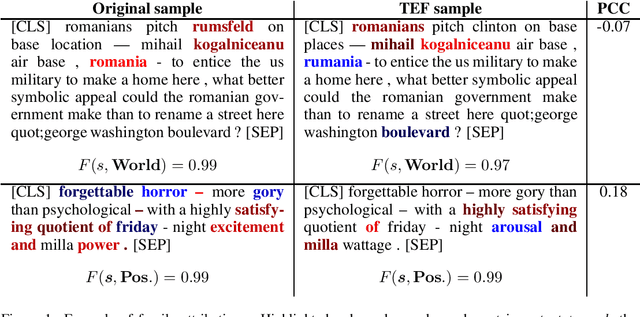



Abstract:State-of-the-art text classification models are becoming increasingly reliant on deep neural networks (DNNs). Due to their black-box nature, faithful and robust explanation methods need to accompany classifiers for deployment in real-life scenarios. However, it has been shown in vision applications that explanation methods are susceptible to local, imperceptible perturbations that can significantly alter the explanations without changing the predicted classes. We show here that the existence of such perturbations extends to text classifiers as well. Specifically, we introduceTextExplanationFooler (TEF), a novel explanation attack algorithm that alters text input samples imperceptibly so that the outcome of widely-used explanation methods changes considerably while leaving classifier predictions unchanged. We evaluate the performance of the attribution robustness estimation performance in TEF on five sequence classification datasets, utilizing three DNN architectures and three transformer architectures for each dataset. TEF can significantly decrease the correlation between unchanged and perturbed input attributions, which shows that all models and explanation methods are susceptible to TEF perturbations. Moreover, we evaluate how the perturbations transfer to other model architectures and attribution methods, and show that TEF perturbations are also effective in scenarios where the target model and explanation method are unknown. Finally, we introduce a semi-universal attack that is able to compute fast, computationally light perturbations with no knowledge of the attacked classifier nor explanation method. Overall, our work shows that explanations in text classifiers are very fragile and users need to carefully address their robustness before relying on them in critical applications.
On the explainability of hospitalization prediction on a large COVID-19 patient dataset
Oct 28, 2021
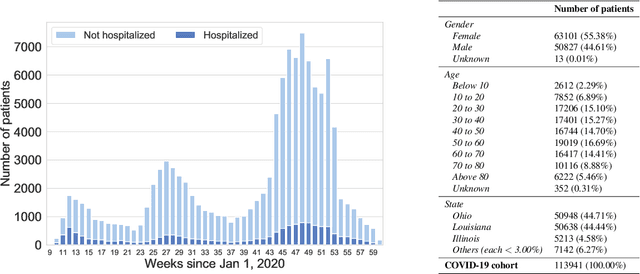
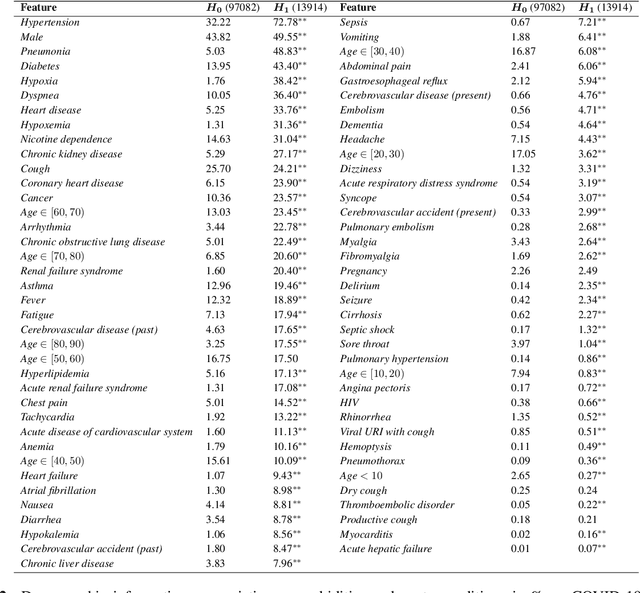
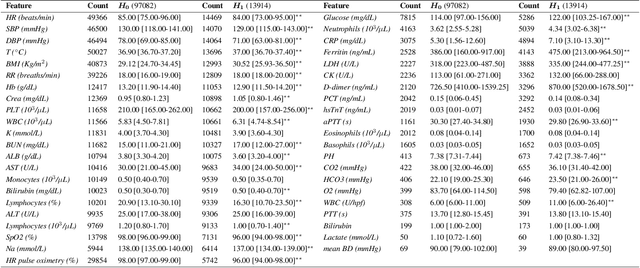
Abstract:We develop various AI models to predict hospitalization on a large (over 110$k$) cohort of COVID-19 positive-tested US patients, sourced from March 2020 to February 2021. Models range from Random Forest to Neural Network (NN) and Time Convolutional NN, where combination of the data modalities (tabular and time dependent) are performed at different stages (early vs. model fusion). Despite high data unbalance, the models reach average precision 0.96-0.98 (0.75-0.85), recall 0.96-0.98 (0.74-0.85), and $F_1$-score 0.97-0.98 (0.79-0.83) on the non-hospitalized (or hospitalized) class. Performances do not significantly drop even when selected lists of features are removed to study model adaptability to different scenarios. However, a systematic study of the SHAP feature importance values for the developed models in the different scenarios shows a large variability across models and use cases. This calls for even more complete studies on several explainability methods before their adoption in high-stakes scenarios.
Artificial Intelligence Decision Support for Medical Triage
Nov 09, 2020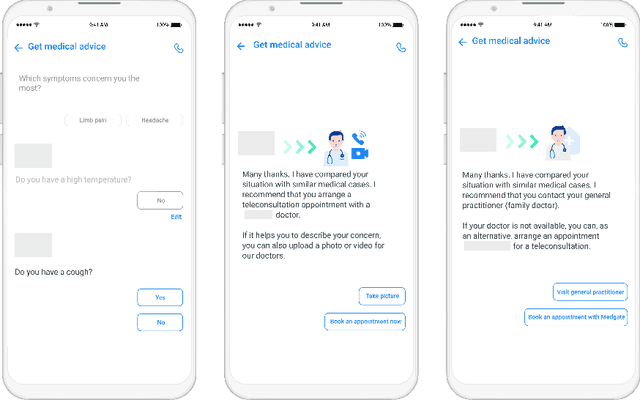

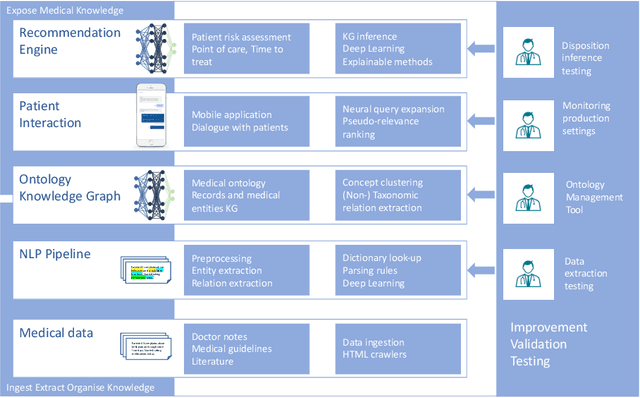
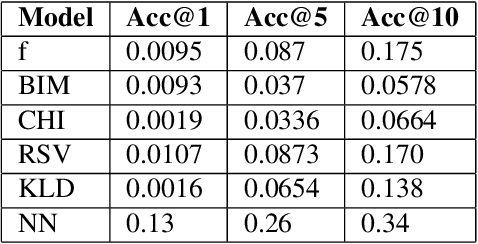
Abstract:Applying state-of-the-art machine learning and natural language processing on approximately one million of teleconsultation records, we developed a triage system, now certified and in use at the largest European telemedicine provider. The system evaluates care alternatives through interactions with patients via a mobile application. Reasoning on an initial set of provided symptoms, the triage application generates AI-powered, personalized questions to better characterize the problem and recommends the most appropriate point of care and time frame for a consultation. The underlying technology was developed to meet the needs for performance, transparency, user acceptance and ease of use, central aspects to the adoption of AI-based decision support systems. Providing such remote guidance at the beginning of the chain of care has significant potential for improving cost efficiency, patient experience and outcomes. Being remote, always available and highly scalable, this service is fundamental in high demand situations, such as the current COVID-19 outbreak.
FAR: A General Framework for Attributional Robustness
Oct 14, 2020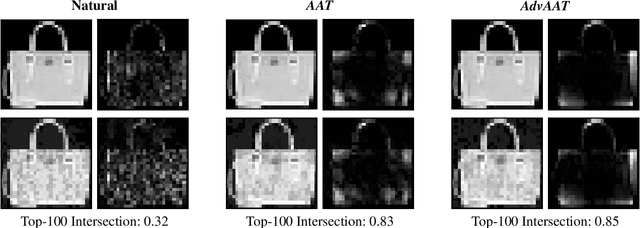
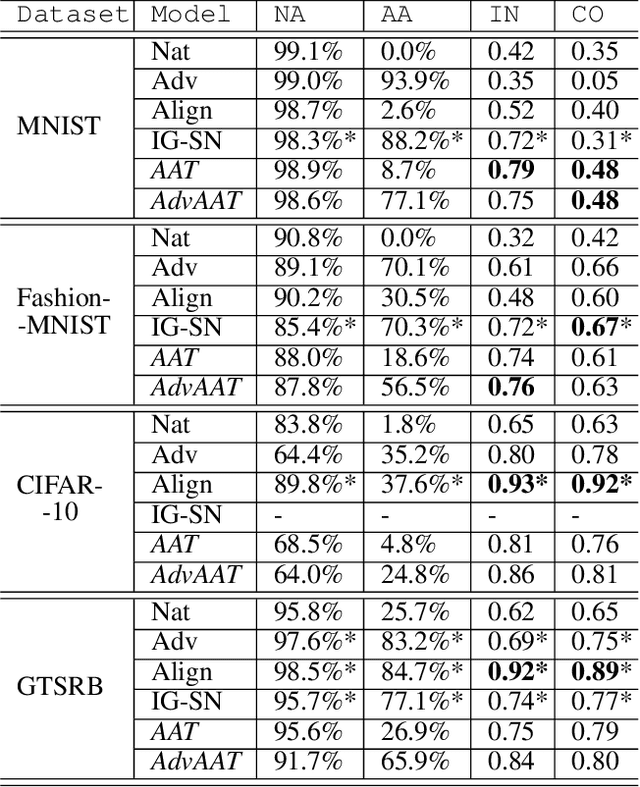
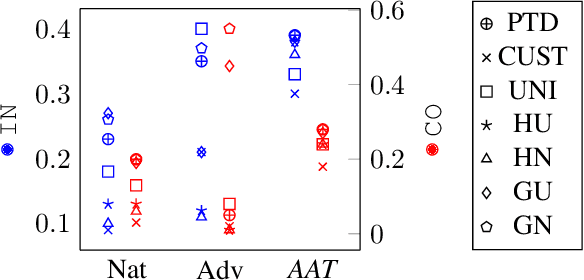
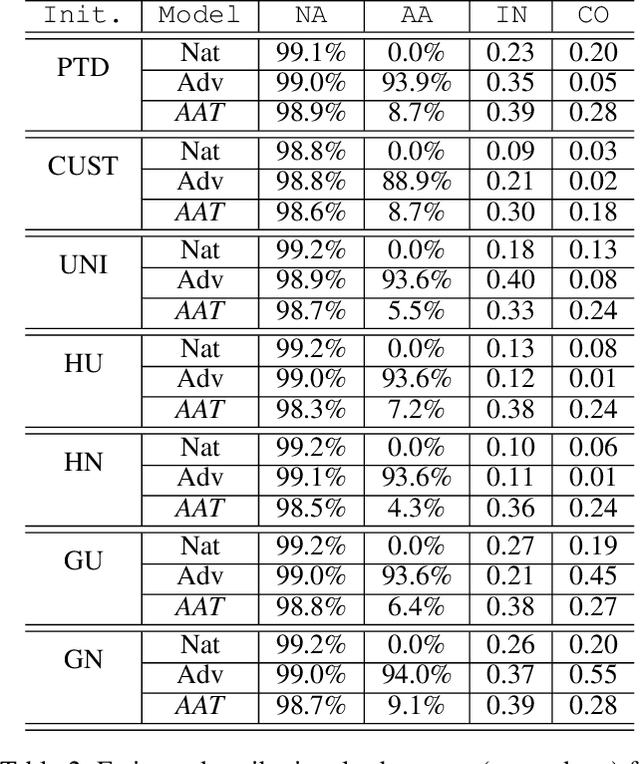
Abstract:Attribution maps have gained popularity as tools for explaining neural networks predictions. By assigning an importance value to each input dimension that represents their influence towards the outcome, they give an intuitive explanation of the decision process. However, recent work has discovered vulnerability of these maps to imperceptible, carefully crafted changes in the input that lead to significantly different attributions, rendering them meaningless. By borrowing notions of traditional adversarial training - a method to achieve robust predictions - we propose a novel framework for attributional robustness (FAR) to mitigate this vulnerability. Central assumption is that similar inputs should yield similar attribution maps, while keeping the prediction of the network constant. Specifically, we define a new generic regularization term and training objective that minimizes the maximal dissimilarity of attribution maps in a local neighbourhood of the input. We then show how current state-of-the-art methods can be recovered through principled instantiations of these objectives. Moreover, we propose two new training methods, AAT and AdvAAT, derived from the framework, that directly optimize for robust attributions and predictions. We showcase the effectivity of our training methods by comparing them to current state-of-the-art attributional robustness approaches on widely used vision datasets. Experiments show that they perform better or comparably to current methods in terms of attributional robustness, while being applicable to any attribution method and input data domain. We finally show that our methods mitigate undesired dependencies of attributional robustness and some training and estimation parameters, which seem to critically affect other methods.
Patient Risk Assessment and Warning Symptom Detection Using Deep Attention-Based Neural Networks
Sep 28, 2018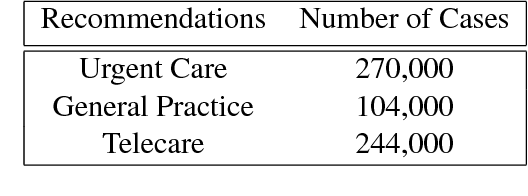
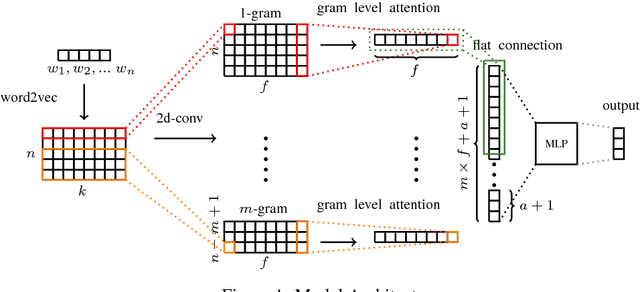
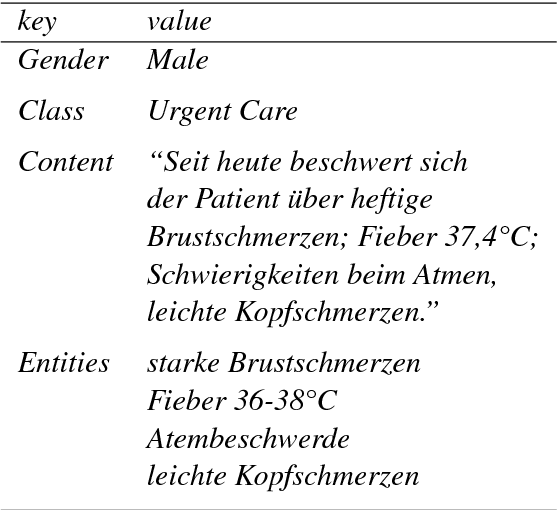

Abstract:We present an operational component of a real-world patient triage system. Given a specific patient presentation, the system is able to assess the level of medical urgency and issue the most appropriate recommendation in terms of best point of care and time to treat. We use an attention-based convolutional neural network architecture trained on 600,000 doctor notes in German. We compare two approaches, one that uses the full text of the medical notes and one that uses only a selected list of medical entities extracted from the text. These approaches achieve 79% and 66% precision, respectively, but on a confidence threshold of 0.6, precision increases to 85% and 75%, respectively. In addition, a method to detect warning symptoms is implemented to render the classification task transparent from a medical perspective. The method is based on the learning of attention scores and a method of automatic validation using the same data.
 Add to Chrome
Add to Chrome Add to Firefox
Add to Firefox Add to Edge
Add to Edge